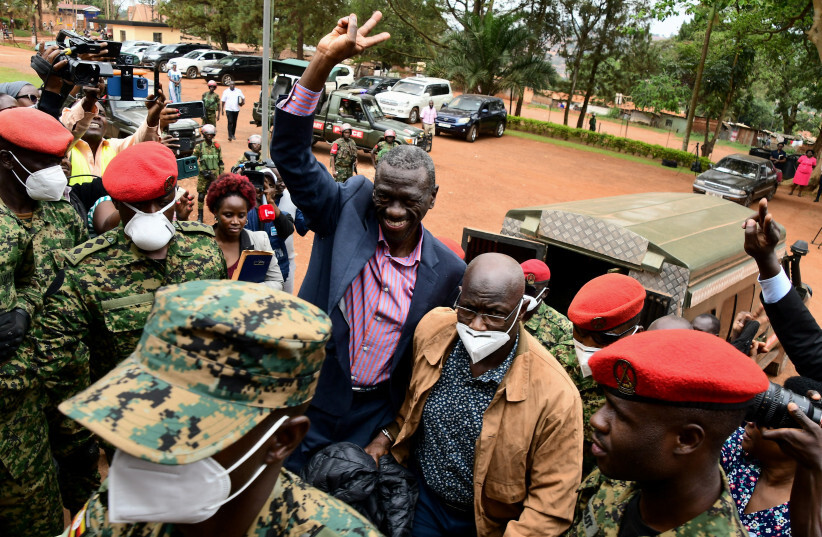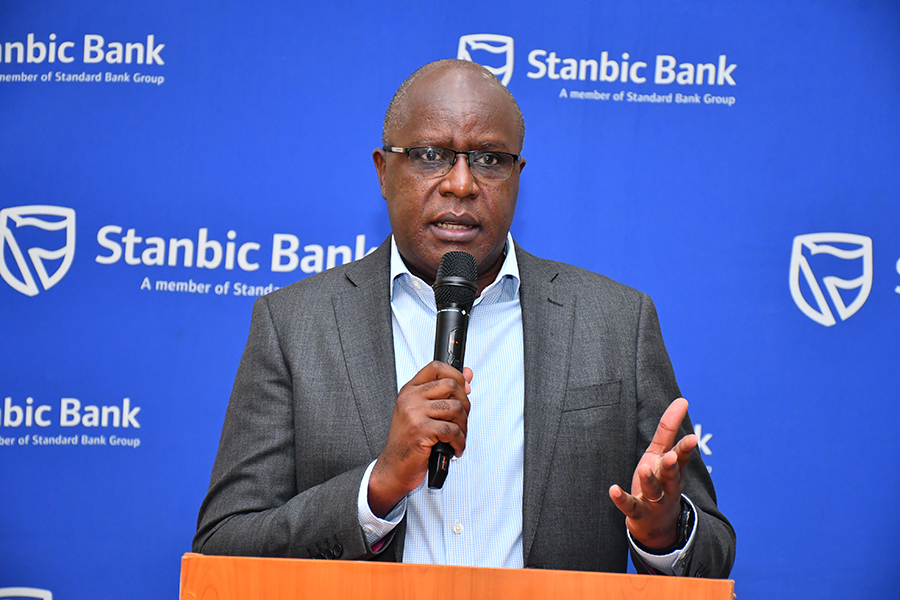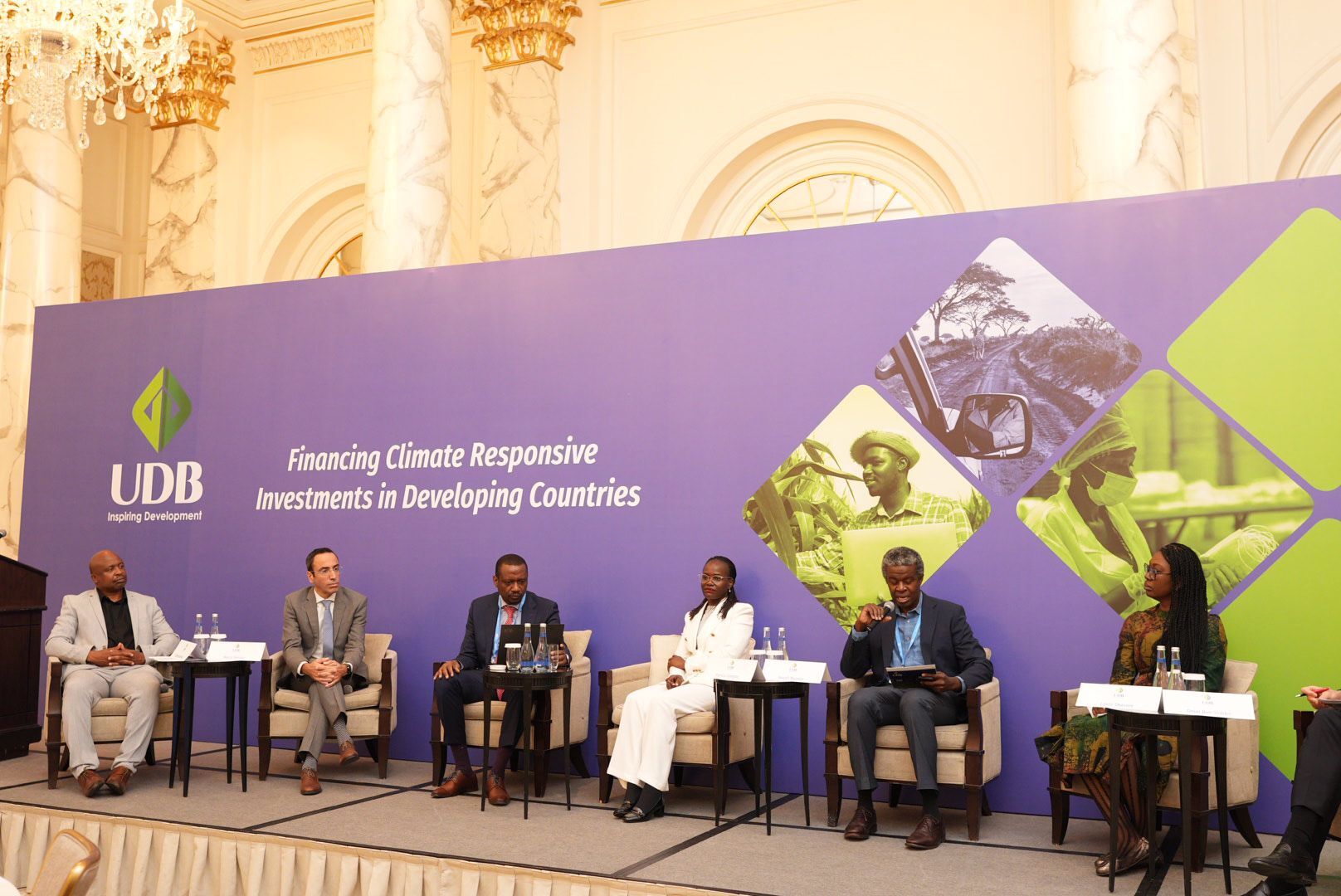The most talked about Ugandan today might possibly be Isaac Ssemakadde, the just sworn in Uganda Law Society (ULS) president who took office October 4, 2024.
He has been on Ugandan lips since August 2024 when he seemed to break ranks and “attack” until then the much-esteemed activists Professor Jim Ssentongo “Spire” and Agather Atuhaire. This was at the height of AGORA (the organisation they lead) famous fight with the Ugandan parliament demanding for accountability.
To many, siding with Spire and Atuhaire seemed the logical step but Ssemakadde did not get to where he is now being so predictable.
Ssemakadde wanted to know how Spire and Atuhaire were spending the “millions of dollars” of donations that were allegedly pouring into AGORA coffers. His campaign was so fierce and sustained that cracks seemed to appear in the AGORA façade that had just overseen the successful wrap up of the #UgandaParliamentExhibition.
Many sensitive documents showcasing parliamentary wastefulness had made their way into the public domain through “patriotic whistle blowers.” AGORA was now actively engaged in marshalling legal support for activists jailed for attempting to march to parliament bring that #AnitahAmongMustResign protest to the street. Real life.
Undaunted, with his trademark keffiyeh scarf, Ssemakadde did not back down from writing to Agora’s main donors and on X in turn demanding accountability.
Keffiyeh? Are you wondering what a keffiyeh is? That is the huge wrap-around scarf Ssemakadde is always wearing when he makes public appearances.
The keffiyeh is not some random scarf Ssemakadde likes to thrown on either. There is a message behind it. That scarf has become as integral to how we see Ssemakadde as the blue checkered hoodie shirts were with the Besigye of 2016.
If Besigye had on that hoodie shirt, Ugandans knew there was going to be a protest somewhere. Or at the very least a confrontational stand-off with police that would not de-escalate until tear gas and bullets had been fired.
When Ssemakadde wears that scarf, followers of his mission understand that today he is going to bang the table loudly. There will be no order until his voice is heard.
There is actually a long history of the keffiyeh being worn as a protest cloth. As synonymous with rebellion as the “Che Guevara” beret used to be. Now more identified with Economic Freedom Fighters (EFF) leader Julius Malema in South Africa and of course National Unity Platform’s Robert Kyagulanyi in Uganda.
Until recently, the most famous wearer of the keffiyeh was Palestinian Liberation Organisation (PLO) founder and leader Yasser Arafat. His black and white keffiyeh was as almost immediately identifiable as his holstered pistol and brown fatigues.
Arafat may have been the single person most responsible for popularising this “rebel” attire as he globe-trotted, often at great personal risk, seeking support for the mission of a liberated Palestine. He most notably visited Uganda in July 1975 to argue his people’s cause and cement his friendship with then President Idi Amin at his wedding.
Today the keffiyeh is the “unofficial” dress code of groups fighting for the recognition and dignity of the Palestinian state and people as much as for the ordinary people just trying to survive.
According to many historians, the keffiyeh sprung up in the 19th century as dress for Bedouin men in historic Palestine.
The men who wore it did so to protect themselves from the fierce sun as well as the blinding storm storms that could rise up and lash the face at a moment’s notice while they were out tending their goat and camel herds or on long trading treks.
Today, it is the cloth of rebellion, cutting across regions, gender and background. Donning that iconic keffiyeh signals you are against the status quo, a diehard for your cause.
The odds against you do not intimidate you, they embolden you to resist all that much more. You will not shut up. You will not be ignored. Your message will not go unheard. If need be, to be heard, you will bang the table!
Medium: @davidjacktumusiime
X/Twitter: @davidtumusiime
Email: [email protected]





